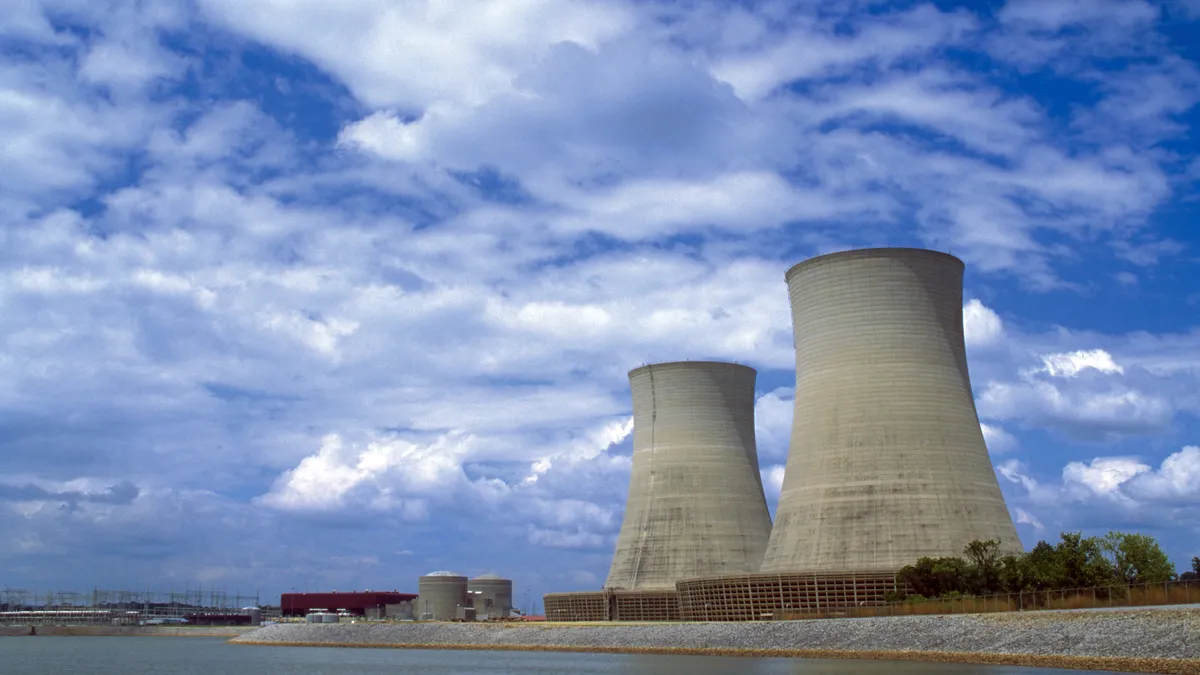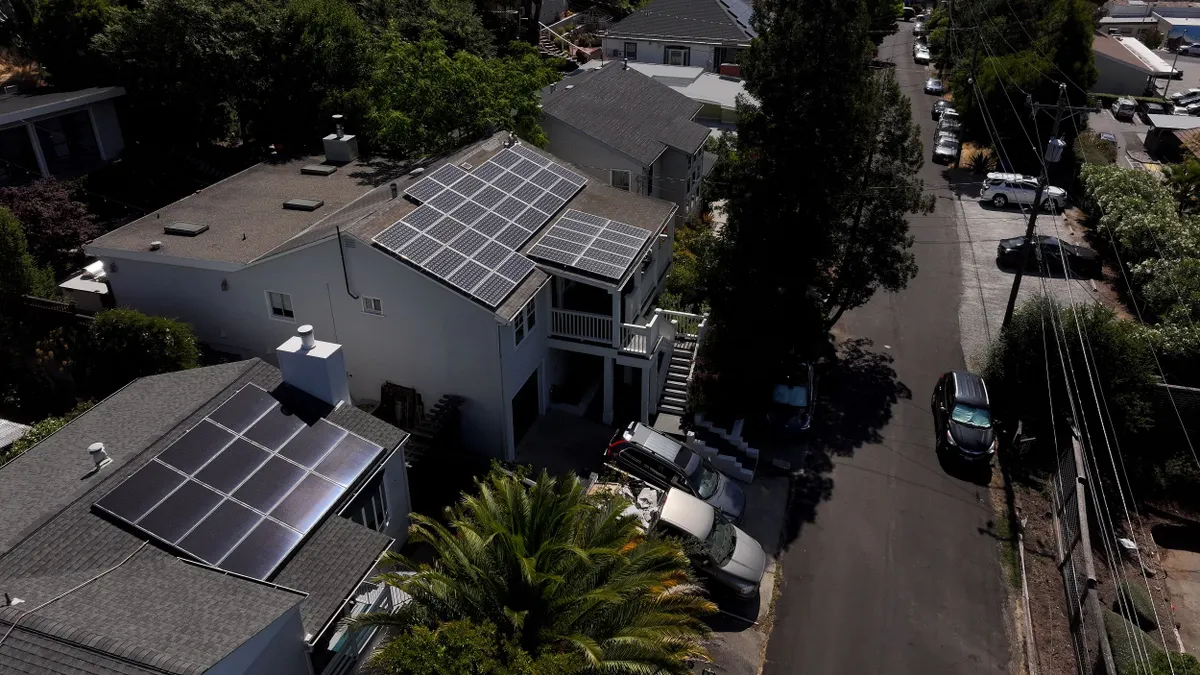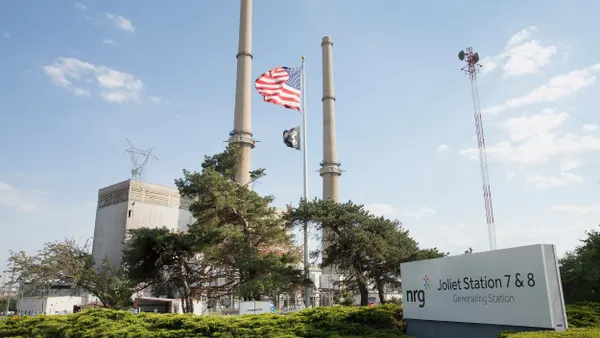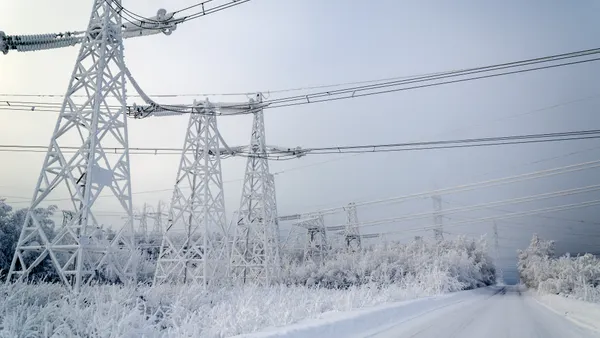Dive Brief:
- Public Service Electric and Gas’ pipeline of potential large load customers — almost all data centers — jumped 47% to 9.4 GW at the end of June, up from from 6.4 GW three months earlier, according to Ralph LaRossa, chair, president and CEO of Public Service Enterprise Group, or PSEG, the utility’s parent company.
- But PSE&G only expects roughly 10% to 20% of those interconnection inquiries will come to fruition, LaRossa said Tuesday during a second-quarter earnings conference call. The company is in discussions to supply data centers from its 3,758-MW nuclear fleet in New Jersey and Pennsylvania, according to Dan Cregg, PSEG executive vice president and chief financial officer.
- PJM’s capacity market, which recently set another price record, is flawed and not attracting new power supplies, according to LaRossa. “If there isn't a change, and there isn't some more control taken by the state of New Jersey, we will be living with the outcome of that [capacity auction] process,” LaRossa said. “The facts are that there has not been any new baseload generation built in New Jersey for quite some time.”
Dive Insight:
PSE&G’s potential new load comes amid a recent tightening in the power supply-demand balance across the PJM Interconnection, which includes New Jersey.
“The resource adequacy challenges in New Jersey and across the entire 13-state PJM region are becoming more acute as we see both growing demand and new supply slow to respond,” LaRossa said. “Within the confines of PJM, it's hard to see the path to new generation through existing market signals, which may require the consideration of a new approach to procuring capacity and resource planning.”
Reflecting that dynamic, PJM’s capacity auction last month hit a record high. While PSE&G’s customers will be hit by rate increases from the previous auction, they should be unaffected by the most recent auction because of the way New Jersey procures electricity for people who buy default power from their utility instead of purchasing it from competitive suppliers, according to LaRossa.
New Jersey lawmakers and utility regulators are exploring options for ensuring the state has adequate power supplies, LaRossa said. One pending bill in the New Jersey Legislature — A.B. 5439 — could enable regulated utilities like PSE&G to own in-state generation, LaRossa said, noting PSEG has no interest in owning merchant generation.
Policymakers are grappling with four related issues, according to LaRossa. They are: demand forecasting; grid reliability; affordability; and environmental policy goals, he said.
“When you put those four pieces together, we think we'll be able to find the right answer and solution for the state,” LaRossa said. “We'll be willing to help out in that in whatever way the state is looking for us to play a role.”
LaRossa decried PJM’s governance structure in response to a question about governors from PJM’s footprint seeking a role in selecting the grid operator’s board members, a request that will hinge on a vote by the PJM’s members.
“How crazy does it sound that the governors have to get a Members Committee vote to allow a vote to take place to have a seat at the table?” LaRossa asked. “This governance process is the core problem.”
If the vote doesn’t go their way, the region’s governors could ask the Federal Energy Regulatory Commission to intervene, according to LaRossa.
On the financial front, PSEG’s second-quarter income jumped to $585 million, or $1.17/share, up from $434 million, or 87 cents/share, in the year-ago period, partly on higher electric rates, according to the company’s quarterly report filed with the U.S. Securities and Exchange Commission. PSEG’s revenue increased to $2.8 billion in the second quarter from $2.4 billion in the same period last year.
Weather-normalized electric sales increased 1% in the trailing 12 months ending June 30, down from a 2% increase in the 12-month period from the end of the first quarter, according to PSEG. PSE&G, the largest utility in New Jersey, has about 2.4 million electric customers.















